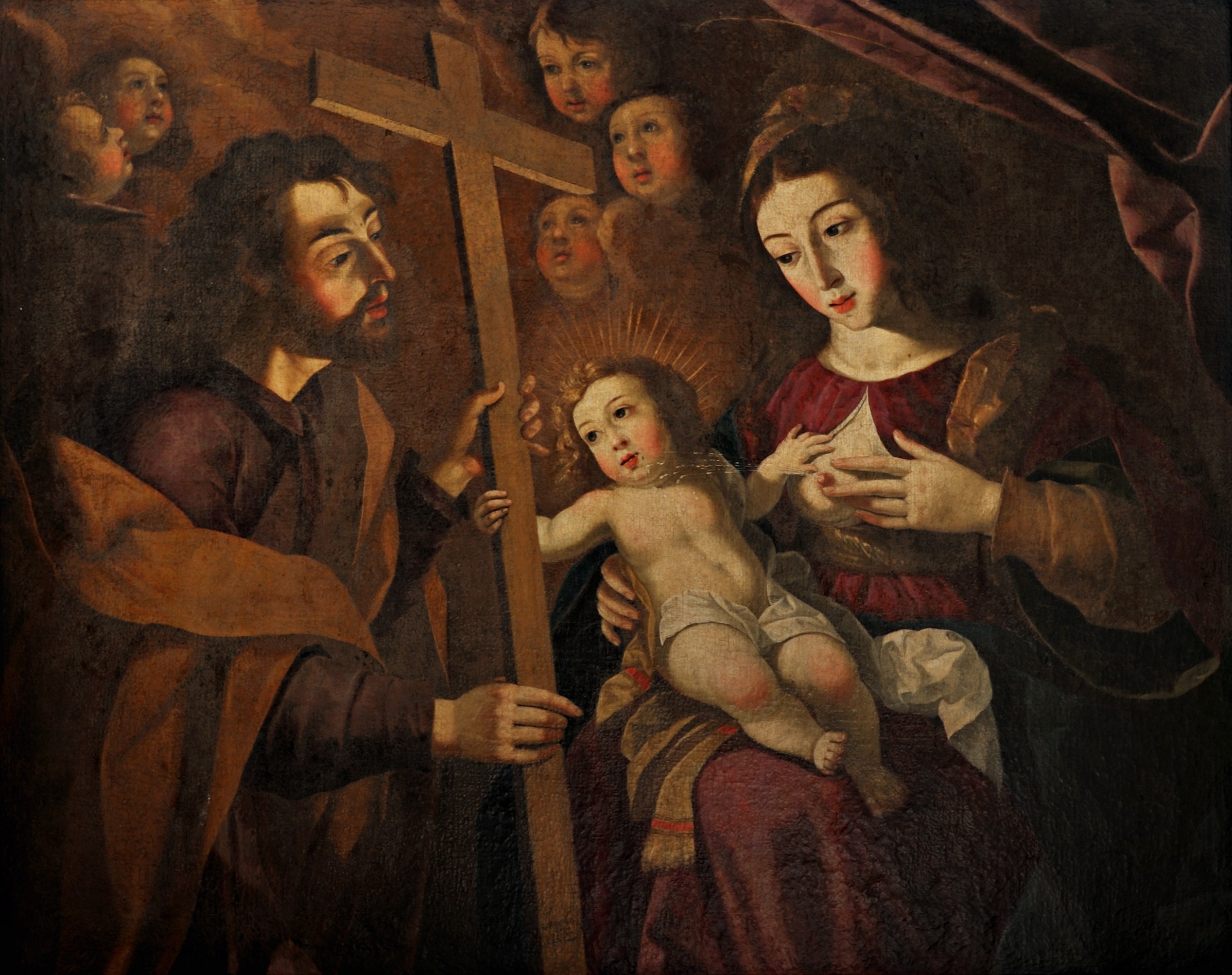
24/02/2014, by CLAS
Portuguese Masterpiece Destroyed in Christmas Eve Fire
A painting of the Holy Family by Josefa de Óbidos (1630-1684), the greatest Portuguese painter of the seventeenth century, was destroyed in a fire in the church of the Holy Cross Monastery in Bussaco, near the university town of Coimbra, on Christmas Eve. The fire is believed to have been caused by an electrical short circuit.
In 1810, the Monastery had been the headquarters of the Duke of Wellington, in the lead-up to the Battle of Bussaco in September of that year, when Wellington’s Anglo-Portuguese forces saw off the French troops of Marshall Masséna. The monastery was dissolved in 1834, part of a major reform of the Church in Portugal instigated by the Liberal government, but the monastery chapel with its paintings and sculptures, including Josefa’s exquisite Holy Family, remained untouched. In the twentieth century, the chapel was awarded National Monument status. Recent cutbacks in funding for heritage projects, owing to the severity of the recession in Portugal, have been blamed, in many quarters, for the poor maintenance which caused the fire.
This painting was produced by Josefa early in her professional career, in 1664, for the male Discalced Carmelite Order, which established the monastery in 1628. It was her second major commission and an indication of her full acceptance as an artist, at a time when very few women painters anywhere in Europe managed to make a living from the profession. Josefa created an image of the Holy Family: the Virgin, the child Jesus and St Joseph, contemplating the Cross and accompanied by cherubim, which radiates intimacy, love and purity, using caricature-like figures to convey the emotional impact of her composition.
She painted a near-identical image of the Holy Family eight years later, for a series on the life of St Teresa of Avila commissioned by the male Carmelite monastery in Cascais, a seaside town outside Lisbon. Post-dissolution, the series was moved to the Church of the Assumption, across the square from the remains of the monastery. Now a Cultural Centre, the original building was partially destroyed in the Lisbon earthquake of 1755.
I went to look at this work in April of last year, while preparing an article on Josefa’s St Teresa paintings which will be published in New York in 2015. Near the church is a museum dedicated to Paula Rego (1935-): Lisbon born and London based for most of her adult life, the Casa das Histórias. I imagined Josefa would have been delighted to see Portugal’s pre-eminent artist of the late twentieth-century, also a woman, so honoured in the land of her birth.
Jean Andrews, Department of Spanish, Portuguese & Latin American Studies
No comments yet, fill out a comment to be the first

Leave a Reply